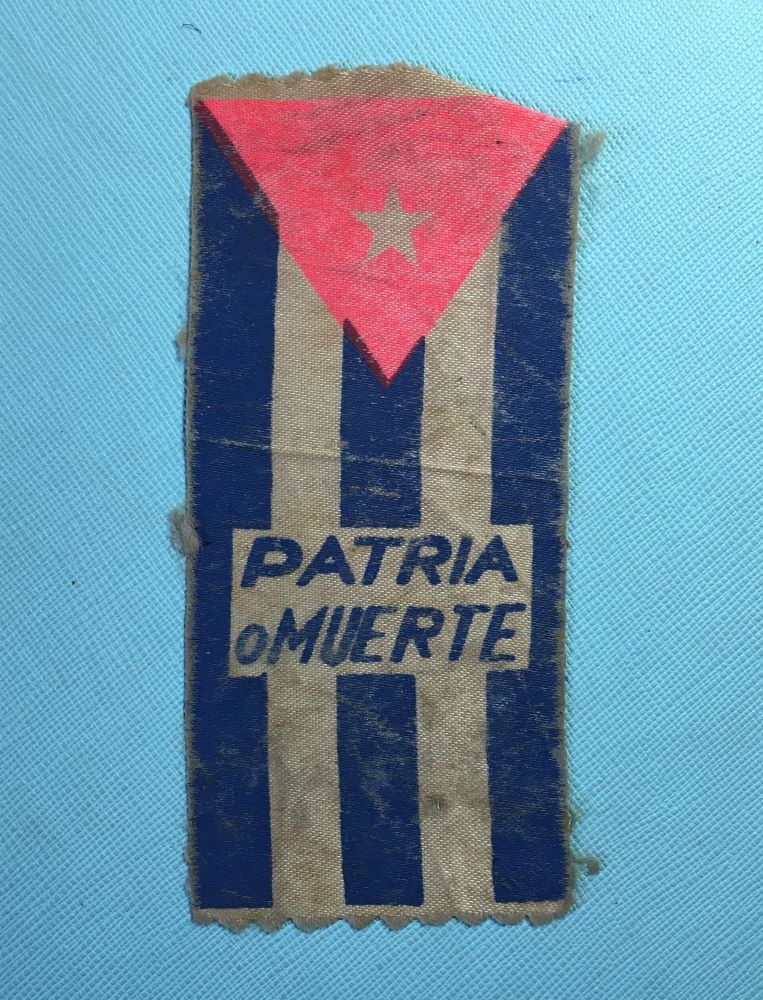Some of the strongest memories we conserve are embedded in the fragile tokens of a striking experience we once felt deeply but can no longer fully describe. Ernesto Chávez conserved these ribbons for decades. Raggedy from pinning it to the front of his teacher’s olive-green uniform nearly every day in 1960, one ribbon reads Patria o Muerte [Fatherland or Death], Fidel Castro’s historic revision of the 1959 Revolution’s original mantra of Patria y Libertad [Fatherland and Freedom]. The other ribbon commemorates the 1960 Latin American Youth Congress, a Cuban government-funded, all-expenses-paid, multi-day conference in Havana that later mimicked directly its Soviet cousin, the festivals of “youth and students” that the Soviet Union had been holding in Europe for years. The son of urban parents of modest means, Ernesto remembered the trip through the lens of an extinguished emotional delight he often described to me as inocencia, youthful naïveté: housed at the five-star Hotel Nacional, he and others from the Minas del Frío teacher program felt like rock stars. Wherever they went in those days, they were publicly admired by adults, foreign attendees, and fellow activists as Marxist heroes-in-training meant to spread Cuba’s model of revolution abroad. Ernesto Chávez Collection, University of Florida.

